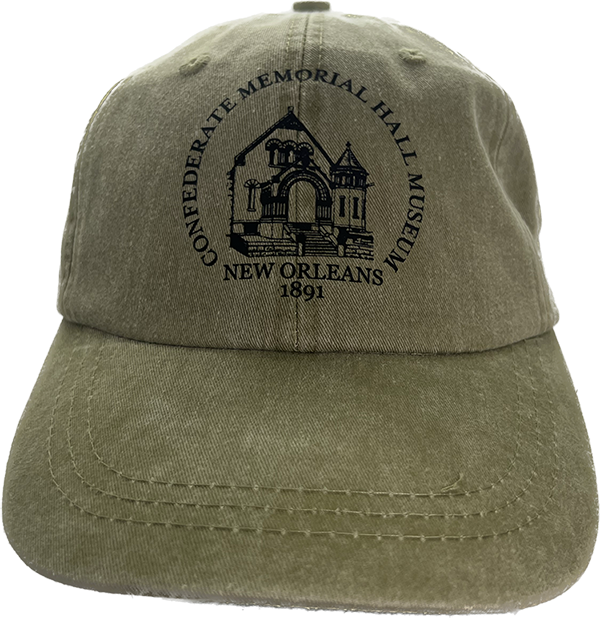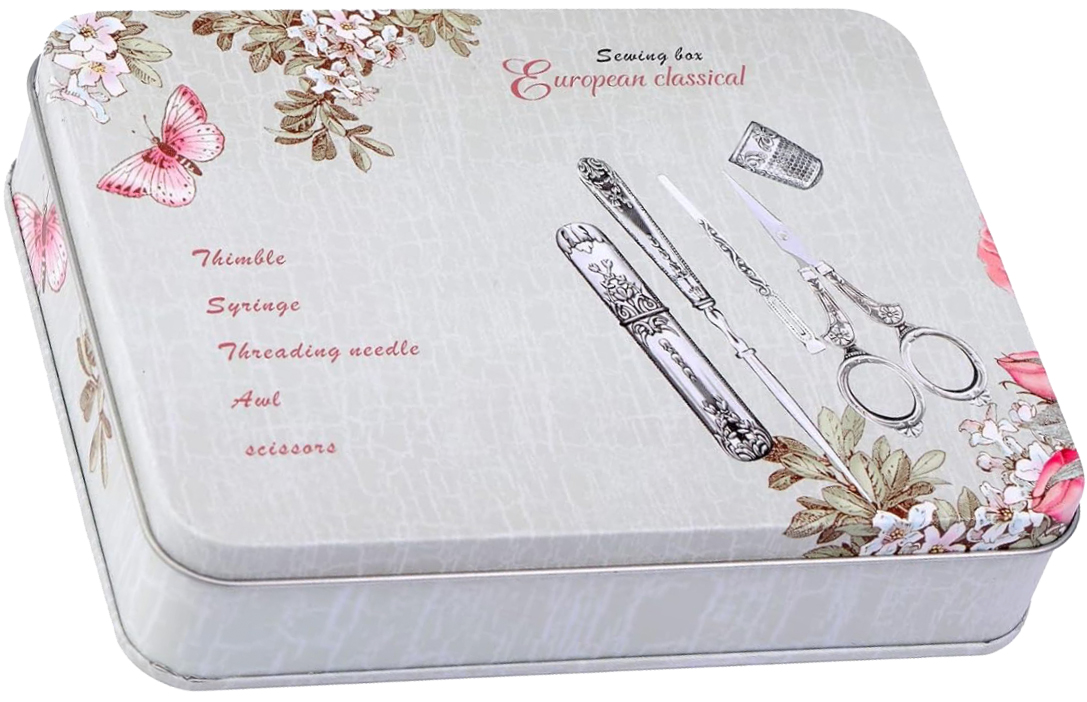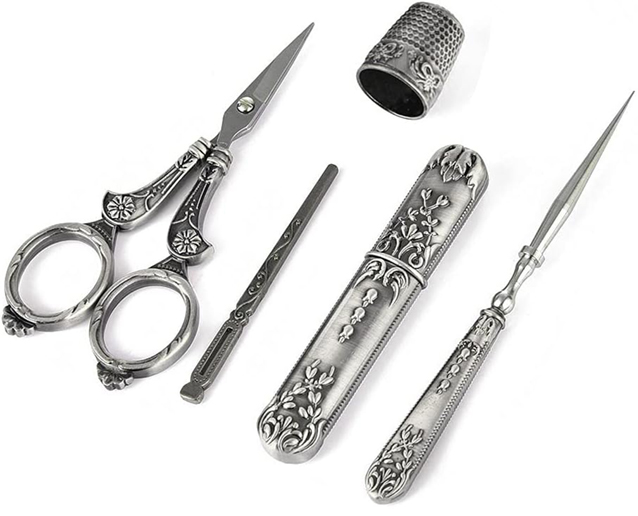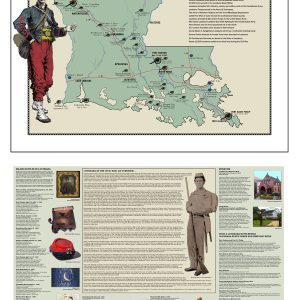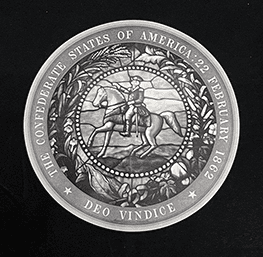First Mississippi Light Artillery (Cowan’s Battery) Ball Cap
$20.00
Flag of the 1st Mississippi Light Artillery Cowan’s Battery Van Dorn Pattern Flag The 1st Mississippi Light Artillery was organized during the late summer of 1862 with eleven companies. The regiment was assigned to the Department of Mississippi and East Louisiana. Company G along with companies A, C, D, E. I. and L were captured at Vicksburg, Mississippi. After being exchanged Company G was assigned to the Army of Tennessee. During the Battles for Vicksburg, Mississippi, Company G of the First Mississippi Light Artillery, under Captain J.J. Cowan, was stationed at Snyder’s Bluff. The battery was posted near the middle of General Loring’s defensive line. The enemy was not far from their front, the unit was inactive throughout the day until about 3 P. M., when General Tilghman ordered a few rounds fired from one of Cowan’s guns. This brought out a heavy fire from two Federal batteries posted on Cohen’s hill, under which General Tilghman was killed. Cowan responded, engaging the Union Army’s Chicago Mercantile Battery. When the retreat began the route selected was impassable for the artillery, and General Loring ordered the guns spiked and abandoned. Colonel A. E. Reynolds, commanding Tilghman’s Brigade, reported that the battery had several men wounded and had expended most of the ammunition. In the night march he said: “Captain Cowan and all his men left the command and have not been heard from since.” Lieutenant Tompkins, however, and seventy-eight men, were with the brigade, Captain Cowan, Lieutenants Hanes, Cowan and Edwards, and the remainder of the company, had rejoined the main army under General Pemberton. “An 18-pounder, a 30-pounder Parrott and a Whitworth gun were placed during the siege in rear of my line and commanded by Captain Cowan,” Gen. John C. Moore reported. Part of the men fought in the trenches as infantry. DONATION OF FLAG The former adjutant general of General Earl Van Dorn wrote to the custodian of Memorial Hall as reported to the Times Democrat1893: “It will be reported that about the time of the Battle of Shiloh each Corps Commander, in the Western Armies at least, had his distinguishing flag; the reason for this was that the First Confederate flag was at certain times hard to distinguish from the United States flag, and up to that time many regiments carried their state flags into action, a practice that was still more confusing as the flags were not generally known by troops from other states. Van Dorn at Corinth (under Beauregard) had for his flag a red flag bearing in the upper corner next to the staff, a yellow crescent and distributed on it thirteen stars. The whole edge was trimmed with yellow fringe…. After the distribution of the Army from Tupelo, I think the corps flags were down away with everywhere. Certainly, Van Dorn never used his after that.” General Earl Van Dorn designed this flag for his “Army of the West,” and a few may have been ready in time for the Battle of Elk Horn Tavern. However no general issue of these flags was made until the summer of 1862. There were several variants of the Van Dorn Battle Flag, which continued in service until late 1863. The first issue consisted of fringed flags; later issues had yellow binding instead of fringe and were furnished with a pole sleeve. All variants were made of bunting. Whether these flags should be classified as Trans-Mississippi flags is a debatable point, since mostly they were used east of the river, but General Van Dorn, who created the design, was the first commander of the Trans-Mississippi Department.
Product Description
First Mississippi Light Artillery (Cowan’s Battery)
Material:
100% garment-washed cotton twill
Feature:
6-panel, unstructured, low-profile
Tuck-away leather back strap with antiqued brass buckle and grommet
Cool-Crown™ mesh lining
Four-row stitching on bill
Adams logo on leather strap


